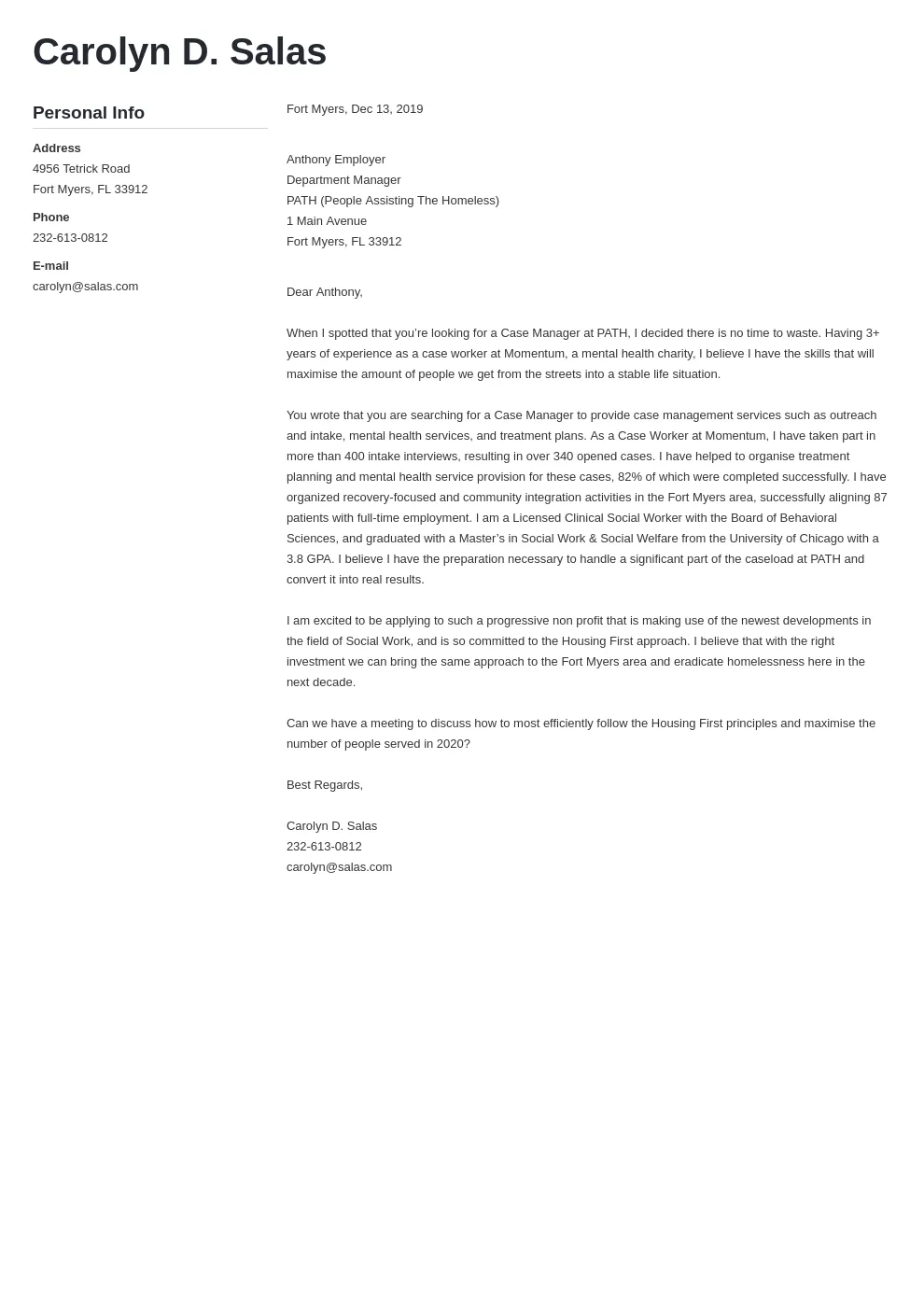Crafting Your Nonprofit Cover Letter
A compelling cover letter is your key to unlocking opportunities in the nonprofit sector. Unlike a standard resume that lists your experience, a cover letter offers a chance to tell your story, showcase your passion, and explain why you’re the perfect fit for a specific role. In a field where mission alignment and values are paramount, your cover letter is where you demonstrate that you understand the organization’s goals and are eager to contribute to their success. This guide provides essential tips and strategies to help you craft a powerful cover letter that stands out from the competition and gets you noticed by hiring managers. Remember, in the nonprofit world, a well-crafted cover letter is often the first impression that matters most.
Understanding the Nonprofit Sector
Before you begin writing, take time to understand the unique landscape of the nonprofit sector. Nonprofits operate differently than for-profit businesses, with a primary focus on mission-driven work, community impact, and often, limited resources. Researching the sector helps you tailor your letter to resonate with the values and priorities of potential employers. Understanding the language of the sector is critical. Words such as ‘impact,’ ‘advocacy,’ ‘community,’ and ‘mission-driven’ are common. Use these terms where appropriate to show you are familiar with the sector’s culture. It will give you a significant edge during the application process.
Researching the Organization
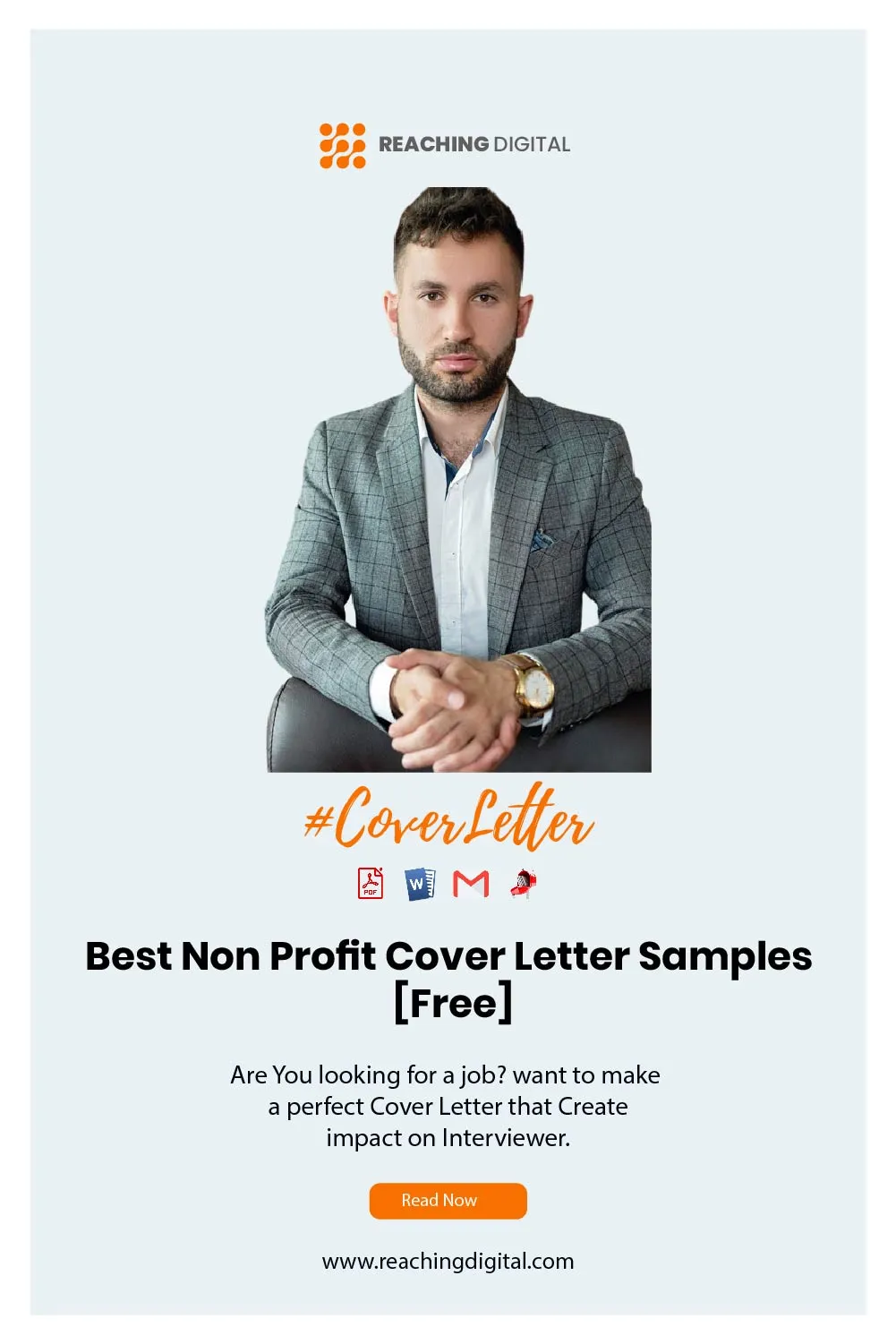
Thorough research is crucial for a successful cover letter. Start by visiting the organization’s website and exploring their mission statement, values, and recent projects. Understand their target audience and the issues they address. Read their ‘About Us’ section, annual reports, and recent news articles to gather insights. Look for specific initiatives that align with your skills and interests. The more you understand the organization, the better you can tailor your letter to showcase how your contributions will help them achieve their goals. Identifying specific programs or initiatives and referencing them in your cover letter will demonstrate your genuine interest and preparedness.
Highlighting Relevant Skills and Experience
Your cover letter provides an opportunity to highlight the skills and experience that make you a strong candidate. While your resume lists your qualifications, the cover letter allows you to elaborate and explain how those skills translate into value for the organization. Focus on skills and experiences directly relevant to the job description. Use action verbs to describe your accomplishments and quantify your achievements whenever possible. Tailoring this section to fit the specific needs of the organization shows you have carefully considered their requirements and are capable of contributing significantly.
Tailoring Your Skills
Carefully review the job description and identify the key skills and qualifications required. Then, analyze your own skill set and identify those that align with the job’s needs. Don’t just list your skills; provide specific examples of how you have used those skills to achieve results in the past. This approach demonstrates your competency and ability to make a direct impact. If the job description mentions project management skills, for example, describe a project you managed, the challenges you overcame, and the positive outcomes you achieved. This targeted approach makes your application far more compelling.
Showcasing Relevant Experience
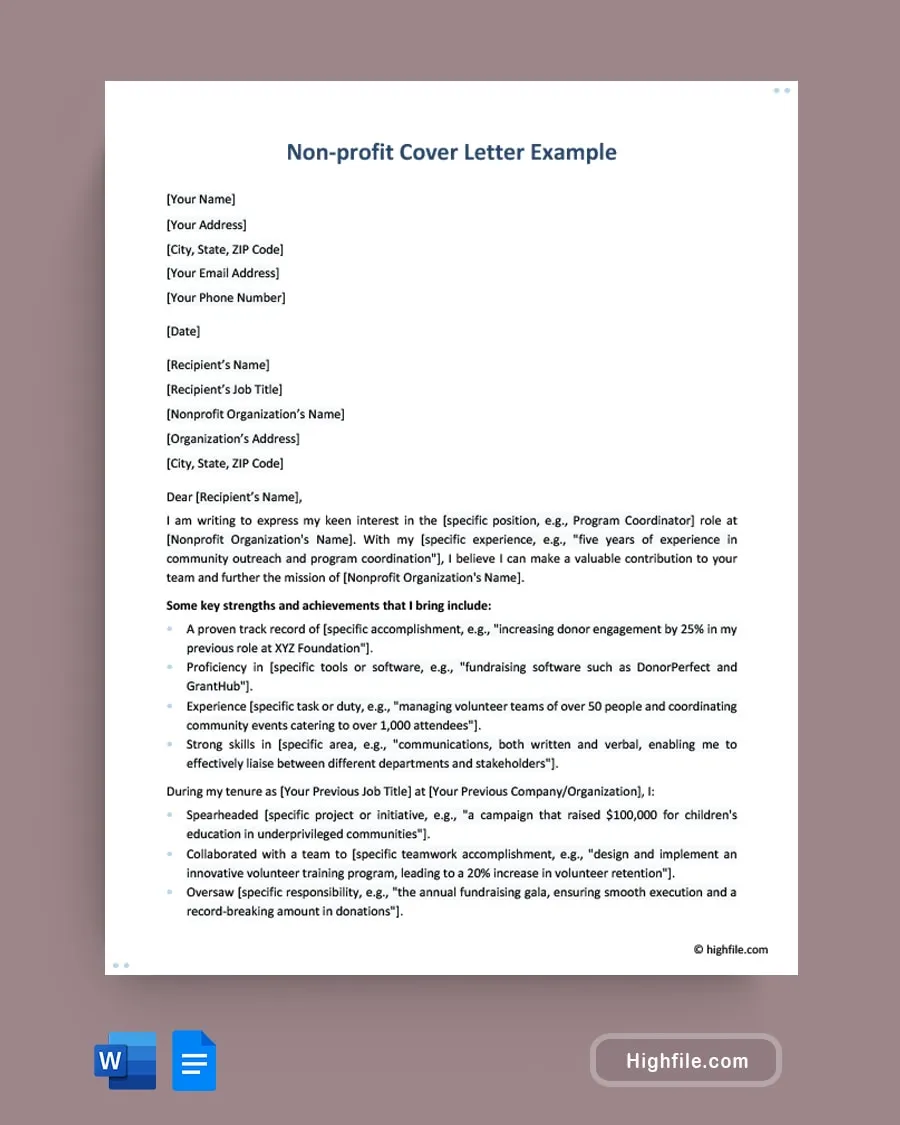
Your experience is what proves you can perform the job. Choose experiences that demonstrate your capabilities and align with the organization’s mission. This includes professional experience, volunteer work, and even relevant academic or extracurricular activities. Provide specific examples of projects, roles, or situations where you demonstrated the skills required for the position. Instead of a simple list of duties, focus on what you accomplished and how your actions contributed to the success of your previous organizations or endeavors. This evidence provides proof that your skills are transferable and valuable.
Quantifying Achievements
Numbers speak volumes. Whenever possible, quantify your achievements to show the impact of your work. Instead of saying ‘Managed social media,’ say ‘Increased social media engagement by 30% in six months.’ Instead of saying ‘Increased fundraising,’ say ‘Raised $50,000 in one year through grant writing.’ Numbers give your claims credibility and illustrate the tangible value you can bring to the organization. Use metrics such as percentages, dollar amounts, or specific quantities to showcase the results of your efforts. This helps hiring managers easily understand the impact of your contributions.
Demonstrating Passion and Alignment
Nonprofits are built on passion. Your cover letter should clearly demonstrate your genuine interest in the organization’s mission and the cause they serve. This helps hiring managers to determine your level of engagement and motivation. It is far more valuable to the team than a generic application. Explain why the organization’s work resonates with you and how your values align with theirs. Share your personal connection to the cause, if applicable, and express your eagerness to contribute to their mission. Make sure to highlight your passion for the nonprofit sector and the specific organization’s work.
Expressing Your Values
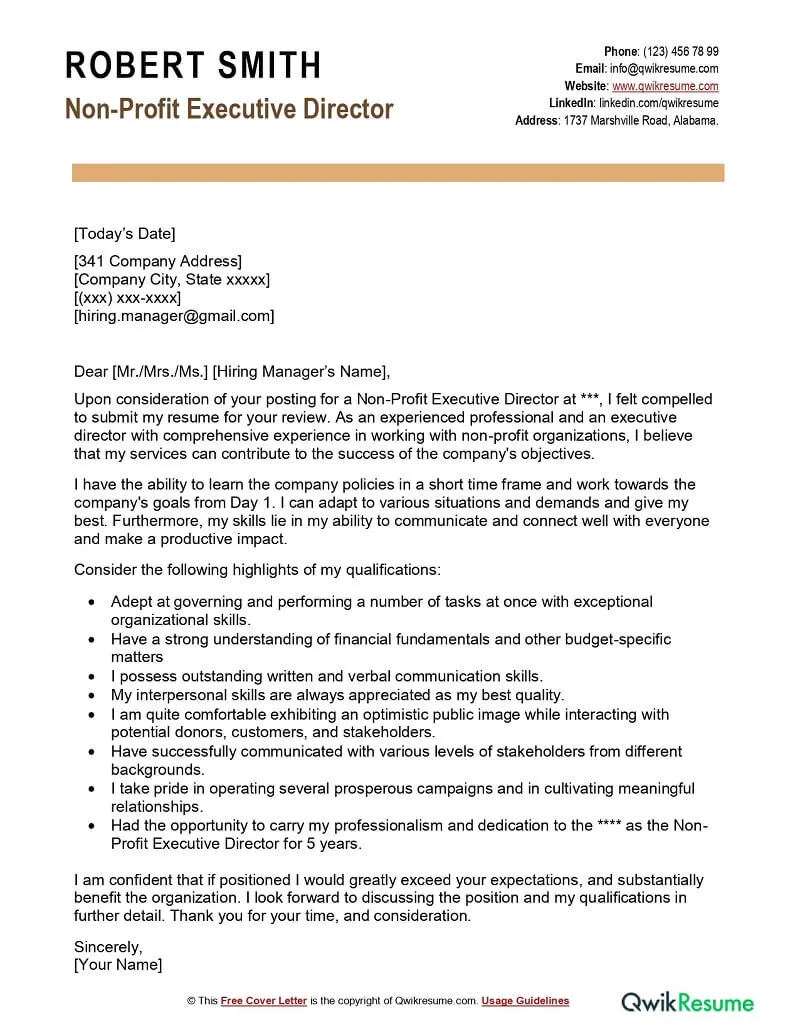
Nonprofits prioritize values. Discuss your personal values and how they align with the organization’s core principles. This can be done by mentioning your commitment to service, advocacy, or community involvement, depending on the organization’s focus. Mention how your values align with the organization’s mission and culture. Mentioning your personal values is a good way to connect to the team. This is because the work is primarily built on the collective values of its members.
Connecting with the Mission
Show that you understand and support the organization’s mission. Reference their specific initiatives and explain how your skills and experience can help advance their cause. Connect your personal and professional goals to the organization’s work. Briefly explain why you are passionate about their specific mission. Mention any personal experiences that have shaped your interest in the cause. Demonstrating a genuine connection to the mission is key to showing that you are the right fit for the organization.
Formatting and Structure
A well-formatted cover letter is easy to read and demonstrates professionalism. Use a clear, concise structure with an appealing layout. Poorly formatted cover letters are often immediately rejected. A well-formatted cover letter conveys your professionalism. Ensure your letter is visually appealing and organized. This shows attention to detail. Proper formatting makes your cover letter accessible and highlights your key qualifications. Use these tips to make a great cover letter.
Choosing the Right Tone
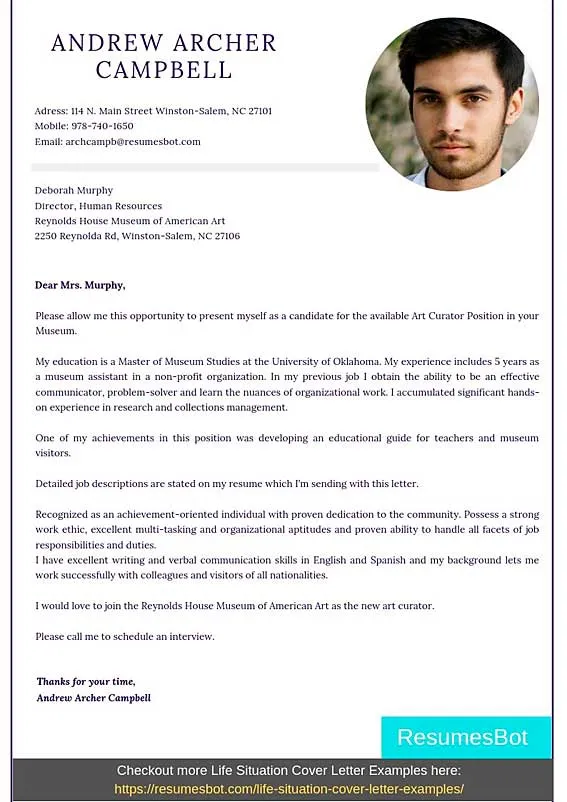
The tone of your cover letter should be professional, enthusiastic, and aligned with the organization’s culture. Avoid being overly formal or casual. Be sincere and authentic in your writing. Show enthusiasm for the position and the organization’s mission. Use a tone that reflects the values of the nonprofit. For example, if the organization emphasizes community, your tone should reflect warmth and a sense of belonging.
Formatting Guidelines
Adhere to standard formatting guidelines to ensure your letter is professional and readable. Use a professional font such as Times New Roman, Arial, or Calibri. Maintain consistent font sizes and spacing. Use a readable font size (10-12 points). Use single spacing within paragraphs and double spacing between paragraphs. Use left alignment for the body of your letter. Keep your letter concise, ideally no more than one page. Address your letter to a specific person, if possible. Include a clear and compelling subject line that references the job title. Use a professional email signature that includes your contact information.
Proofreading and Editing
Proofreading and editing are crucial steps. Errors can undermine your credibility. Always proofread your cover letter for any grammatical errors, spelling mistakes, or typos. Use a grammar checker and ask a friend to review your letter. Ensure consistency in formatting and language. Thorough proofreading demonstrates attention to detail and professionalism, making your cover letter more impactful. Pay attention to all aspects of your letter to create a memorable impression. Before sending your letter, ask someone else to proofread your letter, as they can spot errors you may have missed.
Writing a powerful cover letter for a nonprofit position involves more than just listing your skills and experience. It’s about showcasing your passion, demonstrating your understanding of the organization’s mission, and articulating how you can contribute to their success. By following these guidelines, you can create a cover letter that not only gets you noticed but also positions you as a strong candidate. Good luck with your job search!
